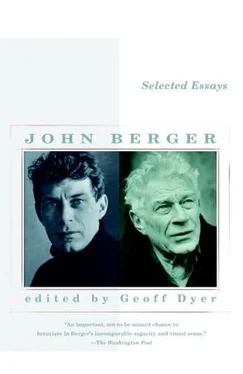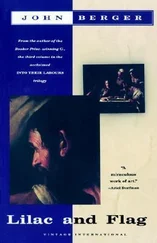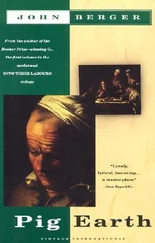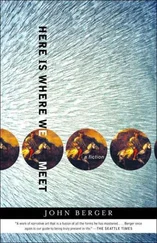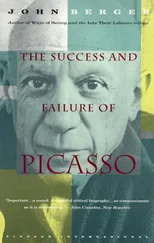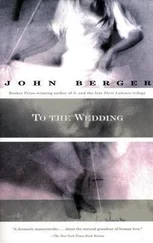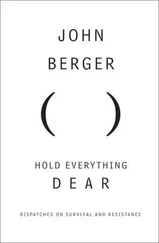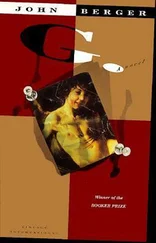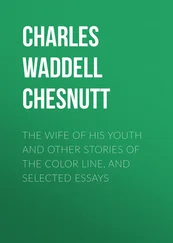One of the most interesting confirmations that Goya’s work was outward-facing and objective is his use of light. In his works it is not, as with all those who romantically frighten themselves, the dark that holds horror and terror. It is the light that discloses them. Goya lived and observed through something near enough to total war to know that night is security and that it is the dawn that one fears. The light in his work is merciless for the simple reason that it shows up cruelty. Some of his drawings of the carnage of the Disasters are like film shots of a flare-lit target after a bombing operation; the light floods the gaps in the same way.
Finally and in view of all this one tries to assess Goya. There are artists such as Leonardo or even Delacroix who are more analytically interesting than Goya. Rembrandt was more profoundly compassionate in his understanding. But no artist has ever achieved greater honesty than Goya: honesty in the full sense of the word meaning facing the facts and preserving one’s ideals. With the most patient craft Goya could etch the appearance of the dead and the tortured, but underneath the print he scrawled impatiently, desperately, angrily, ‘Why?’ ‘Bitter to be present’, ‘This is why you have been born’, ‘What more can be done?’ ‘This is worse’. The inestimable importance of Goya for us now is that his honesty compelled him to face and to judge the issues that still face us.
1954
The Dilemma of the Romantics
The term Romanticism has recently been taken to cover almost all the art produced in Europe between about 1770 and 1860. Ingres and Gainsborough, David and Turner, Pushkin and Stendhal. Thus the pitched battles of the last century between Romanticism and Classicism are not taken at their face value, but rather it is suggested that the differences between the two schools were less important than what they both had in common with the rest of the art of their time.
What was this common element? To take a century of violent agitation and revolt and then to try to define the general, overall nature of its art, is to deny the very character of such a period. The significance of the outcome of any revolution can only be understood in relation to the specific circumstances pertaining. There is nothing less revolutionary than generalizing about revolution. However, a stupid question usually gets stupid answers. Some try to define Romantic art by its subject matter. But then Piero di Cosimo is a Romantic artist along with George Morland! Others suggest that Romanticism is an irrational force present in all art, but that sometimes it predominates more than at other times over the opposite force of order and reason. Yet this would make a great deal of Gothic art romantic! Another observes that it must all have had something to do with the English weather.
No, if one must answer the question — and as I’ve said, no answer is going to get us all that far — one must do so historically. The period in question falls between the growing points of two revolutions, the French and the Russian. Rousseau published Le Contrat Social in 1762. Marx published Capital in 1867. No two other single facts could reveal more. Romanticism was a revolutionary movement that rallied round a promise which was bound to be broken: the promise of the success of revolutions deriving their philosophy from the concept of the natural man. Romanticism represented and acted out the full predicament of those who created the goddess of Liberty, put a flag in her hands and followed her only to find that she led them into an ambush: the ambush of reality. It is this predicament which explains the two faces of Romanticism: its exploratory adventurousness and its morbid self-indulgence. For pure romantics the two most unromantic things in the world were firstly to accept life as it was, and secondly to succeed in changing it.
In the visual arts the two faces reveal themselves in a sense of new dimensions on the one hand, and in an oppressive claustrophobia on the other. They are Constable’s clouds formed by land and water we can’t see, and there is the typical romantic painting of a man being buried alive in his coffin. There is Géricault looking calmly and openly at the inmates of an asylum, and there are the German Romantic painters in the Mediterranean painting the hills and sky such a legendary blue that the whole scene looks as though it could be smashed like a saucer. There is Stubbs scientifically comparing animals and looking into the eyes of a tiger, and there is James Ward reducing Gordale Scar to a rock of ages just cleft for him. There is a new awareness of the size and power of the forces in the world — an awareness which invested the word Nature with a completely new meaning, and there is the breathlessness of the new superstitions that protected men from the enormity of what they were discovering: above all the superstition that a feeling in the heart was somehow comparable with a storm in the sky.
Naturally the focal centres of Romantic art varied a great deal according to time and place. In England the provocation was the Industrial Revolution and the new light (literal and metaphorical) that it threw on landscape; in France the predominant stimulus was the new mode of military heroism established by Napoleon; in Germany it was the mounting compulsion to establish a national identity. Naturally, too, the political predicament I’ve described often presented itself in indirect forms. More Romantic artists were directly influenced by the literary cult of the past when life was thought to have been ‘simpler’ and more ‘natural’, than they were by, say, Chartism. Newtonian science was also relevant to Romanticism. The Romantics accepted the way science had freed thought from religion, but at the same time were intuitively in protest against its closed mechanistic system, the inhumanity of which seemed to be demonstrated in practice by the horrors of the economic system. The complexities of the situation are immense. Certain artists of the time, precisely because they were not affected by the Romantic predicament, should not be classed as Romantics even though they borrowed from the Romantic vocabulary: e.g. Goya and Daumier.
Yet, despite the complexities, this historical definition is the only one that will make any general sense at all. It is confirmed by the fact that after 1860 when the predicament was no longer real because the knowledge and experience with which to overcome it were available, Romanticism degenerated into effete aestheticism. And it is confirmed most strikingly by the work which represents Romanticism at its height: Delacroix’s Massacre at Chios.
The sub-title of the picture is A Greek Family Awaiting Death or Slavery. It is an acknowledged masterpiece and contains brilliant passages of painting. Its political gesture was important and also undoubtedly sincere. But it remains a gesture. It has nothing to do with any true imaginative understanding of either death or slavery. It is a voluptuous charade. The woman tied to the horse is a languorous sex-offering, the rope round her arm like an exotic snake playing with her. The couple in the centre might be lying in a harem. Indeed all the figures (with the possible exception of the old woman) are exotic. They belong to art dreams and literary legends, and have only been placed in an actual context for the sake of being ‘ennobled’ further by also belonging to an historical tragedy.
Delacroix records how he talked to a traveller just back from Greece and says that on one occasion this man ‘was so much impressed by the head of a Turk who appeared on the battlements that he prevented a soldier from shooting at him.’ Elsewhere Delacroix raves about a painting by Gros and says, ‘You can see the flash of the sabre as it plunges into the enemy’s throats.’ Such was the romantic view of war: you could stop or start it like a film. It was a sincere view, but it was a compromisingly privileged view. And between the privilege and the reality lay the predicament.
Читать дальше
